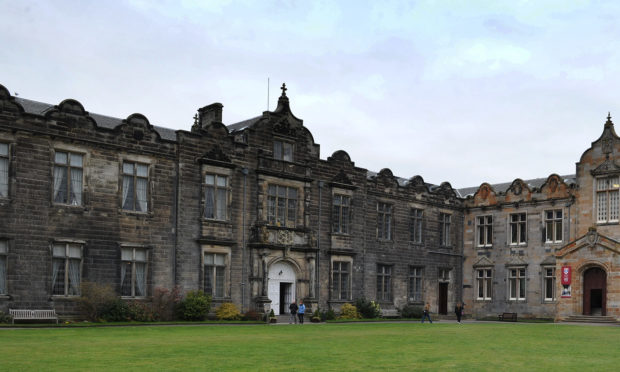St Andrews academics have made progress on using miniature radar techniques which could transform the way we interact with the likes of computers and smart watches.
The St Andrews Computer Human Interaction research group is a pioneer in what is known as solinteraction and has worked with Google on Project Soli, a radar-based sensor which can sense the subtle motion of human fingers.
In a move which could herald an advance in the technology, the US Federal Communications Commission has recently granted Google a waiver allowing Project Soli sensors to use frequencies higher than typically allowed in normal gadgets.
Four years ago Google’s Advanced Technology and Projects group showed off tiny radar-based sensors which enabled users to control gadgets simply by tapping their fingers together.
In a paper published in the journal Proceedings of the ACM on Interactive, Mobile, Wearable and Ubiquitous Technologies the St Andrews researchers demonstrate a range of novel techniques.
Professor Aaron Quigley, chair of human computer interaction in the School of Computer Science said they looked at the counting, ordering and identification of objects and tracking their movement and distance.
Lead researcher and third year PHD student Hui Shyong Yeo said: “The advent of low cost miniature radar being deployed in day to day settings opens new forms of object and material interactions as we demonstrate in this work.”










